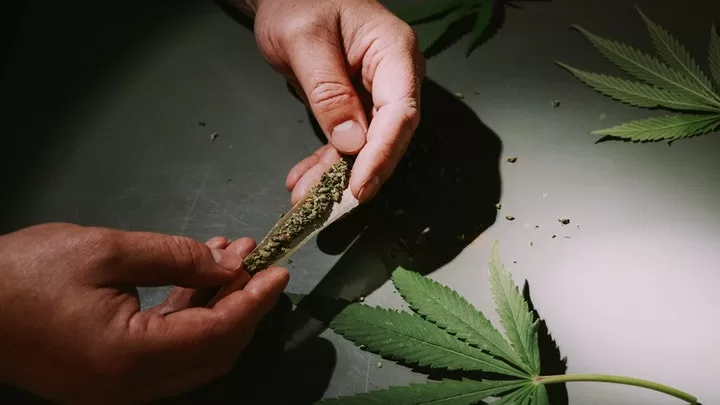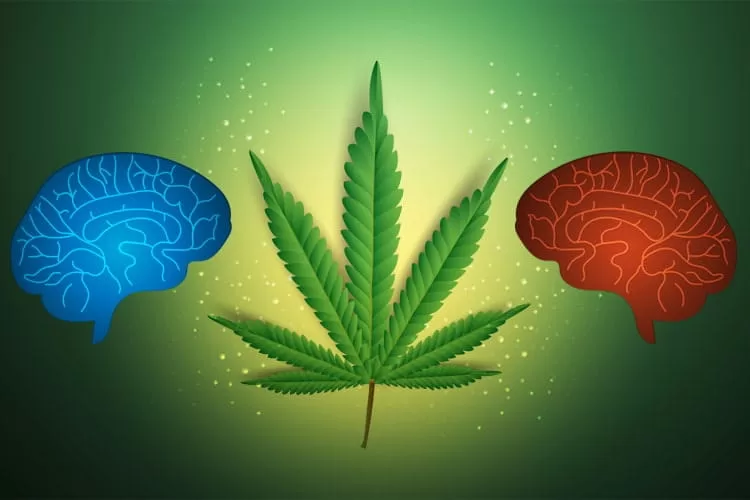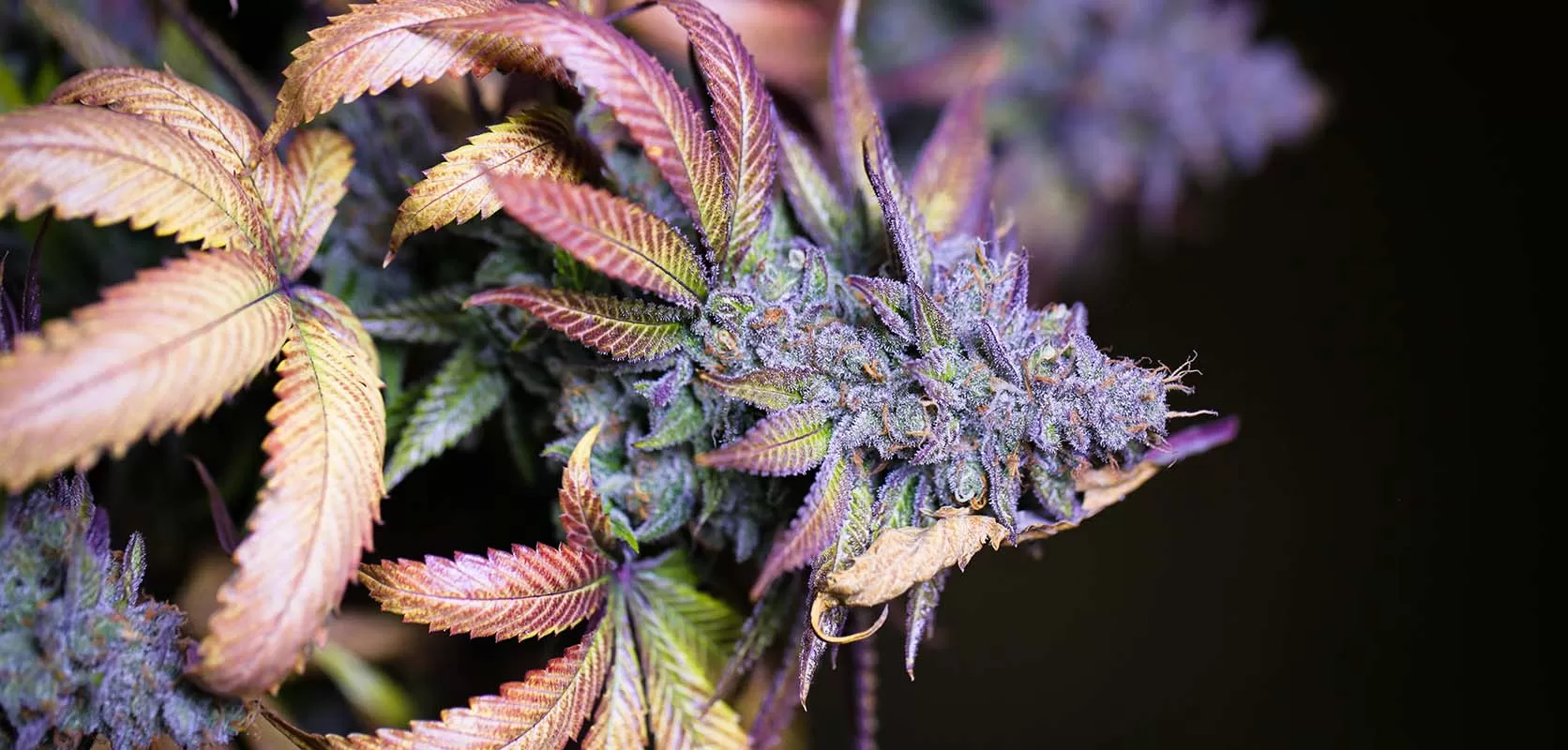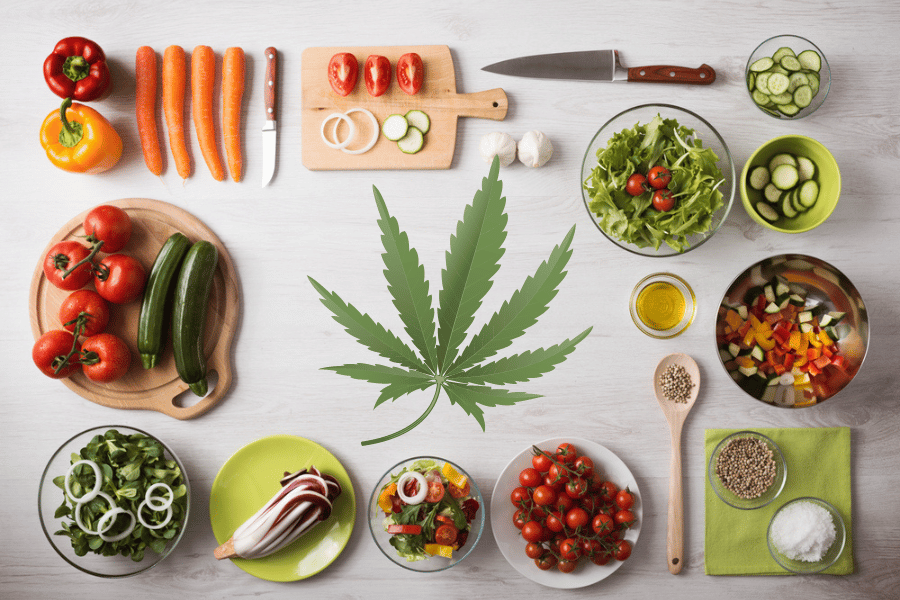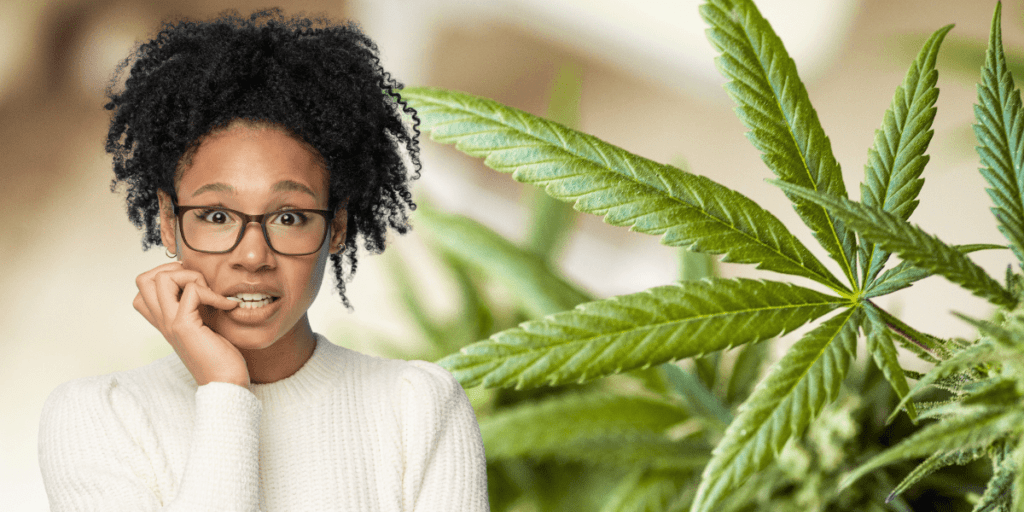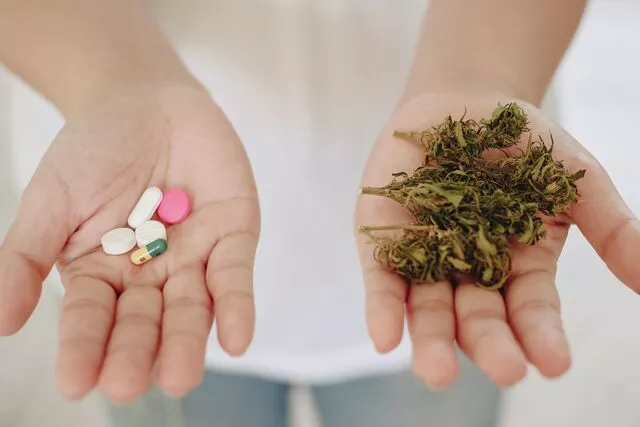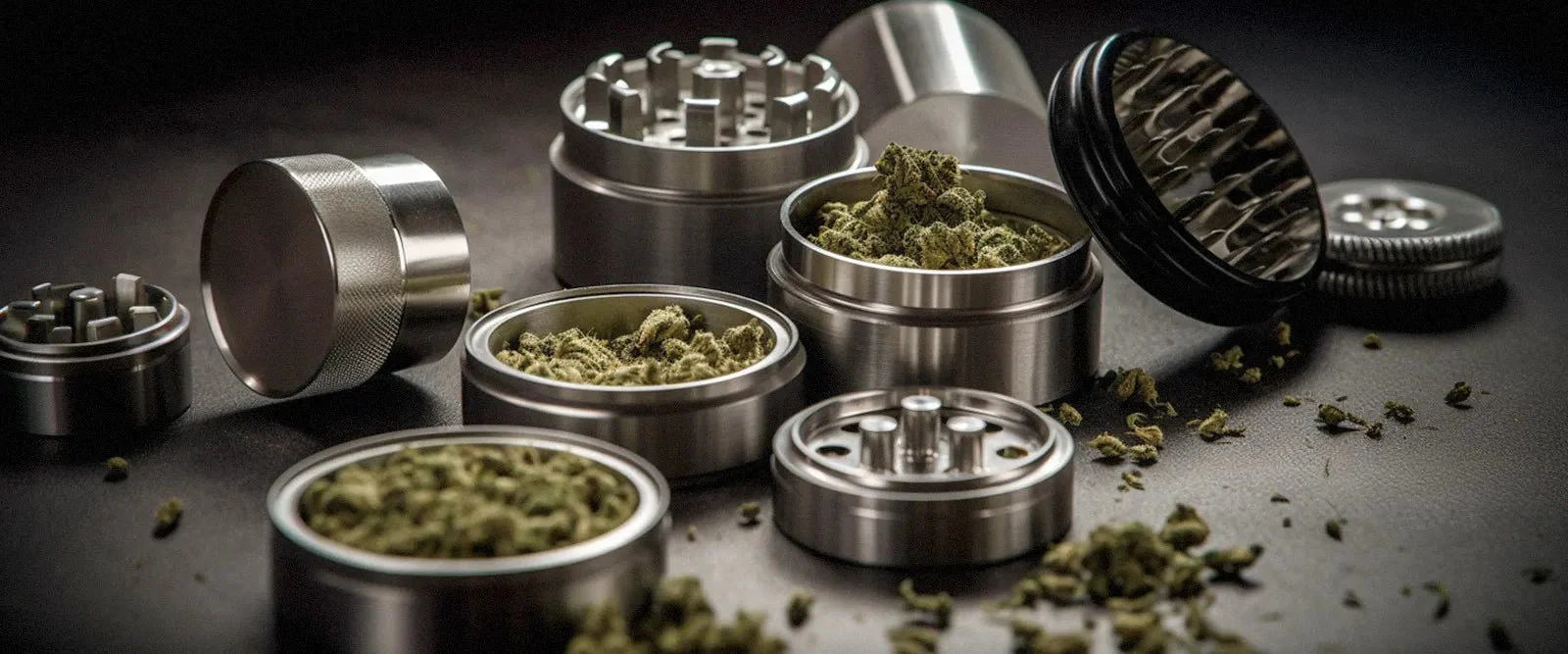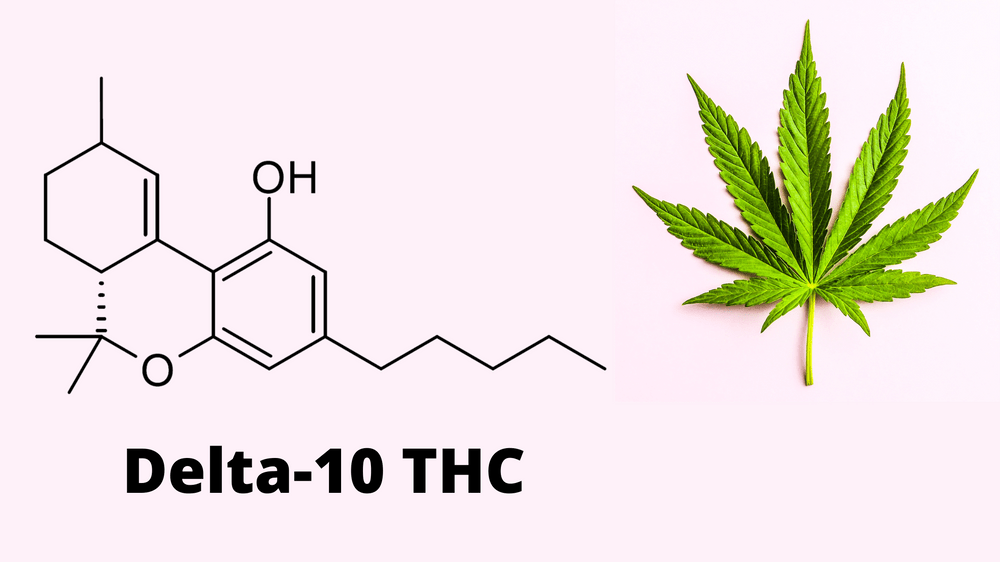What’s the Difference Between Extracts and Concentrates?
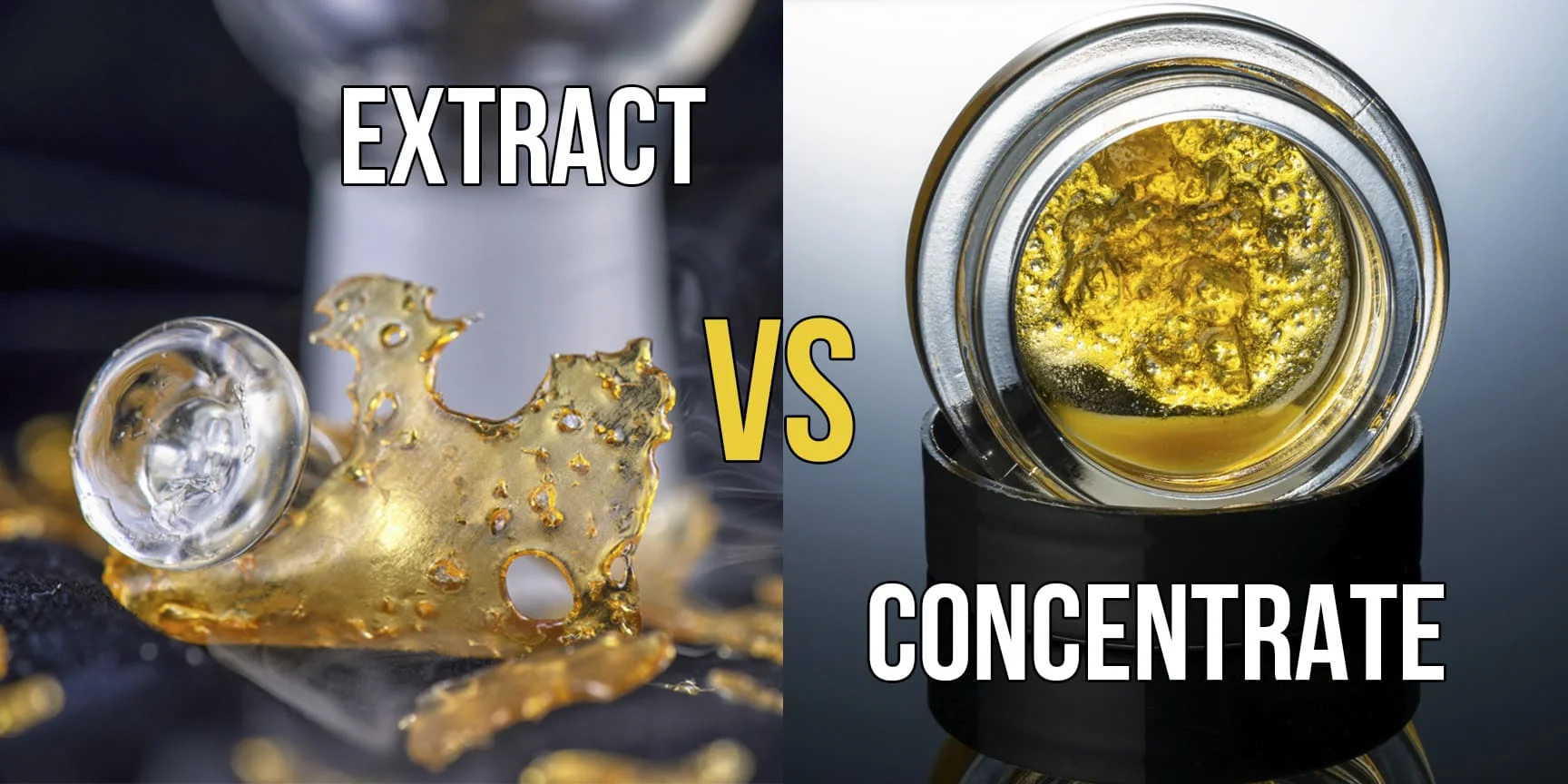
Want to learn more about cannabis concentrates and extracts, and the differences between the two? You’ve come to the right place.
While you may hear the terms “extract” and “concentrate” used interchangeably, cannabis extracts are actually a specific type of cannabis concentrate. Or, to put it another way, extracts are always concentrates, but concentrates aren’t always extracts.
What are cannabis concentrates?
Concentrates are potent forms of cannabis available in a variety of solid and liquid formats. They are made by separating active ingredients such as cannabinoids, terpenes and flavonoids from plant material, such as buds, leaves and stems.
How are concentrates made?
Concentrates can be made with or without solvents. Both methods effectively extract the active ingredients from the rest of the plant.
Solventless concentrates employ physical methods, such as sifting, freezing and pressing, as well as heat and water extraction to separate active ingredients from plant materials.
Solventless concentrates include:
- Kief (also known as sift)
- Hash
- Rosin
Concentrates made with solvents are exposed to evaporating solvents that strip the cannabinoids, terpenes and flavonoids from the plant for a concentrated and potent format. Some combine solvents with physical production methods such as heating, stirring or whipping.
Concentrates made with solvents (also known as extracts) include:
- Shatter and wax
- Resin
- Distillate
- Isolate
- Badder/batter
What are extracts?
Cannabis extracts are a subcategory of cannabis concentrates made by separating (extracting) the active ingredients inside cannabis using solvents, such as butane, carbon dioxide, alcohol and ethanol. After that, they may also be combined with a carrier oil to prepare the extracts for ingestion.
Extracts include products like:
- Oils
- Capsules
- Oral sprays
- Softgels
- Sublingual strips
How do concentrates and extracts differ?
Extracts are a subcategory of concentrates. All extracts are concentrates, but not all concentrates are extracts. Extracts are created with the use of solvents, such as butane or ethanol; however, concentrates can be created with or without the use of solvents. Concentrates processed with solvents include shatter, wax, resin, distillate, isolate and badder (also known as butter). Extracts are cannabis concentrates that are mixed with other ingredients (including a carrier oil, such as sunflower oil) to create oral sprays, softgels and bottled oils that are dosed with a dropper. They can also be infused into products such as sublingual strips and hard capsules.
When making solventless concentrates, producers use physical methods such as applying heat and pressure and sifting to separate the active ingredients from plant matter. Solventless concentrates include kief, hash and rosin.

